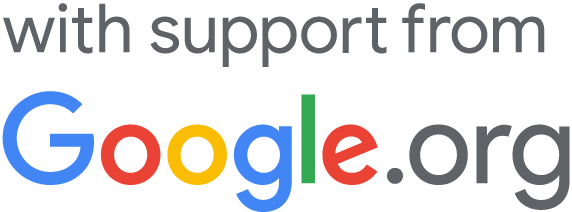Aiming for AI Interoperability: Challenges and Opportunities

Objectives
The primary objectives of this project are:
1. To provide an overview of a sampling of international and national AI governance efforts; explain and exemplify the emerging governance challenges within this landscape; detail how regulatory interoperability and/or harmonization could address or partially address these challenges.
2. To understand how other, more established, sectors and industries have experienced the need for regulatory interoperability; what was done to address this; and learn how and why those efforts either succeeded or failed, gleaning insights as to regulatory interoperability efforts relating to AI.
3. To examine and understand differing perspectives on implementing and working towards AI regulatory interoperability; who should be involved in this implementation, when should they be involved, and where should interoperability efforts start or continue.
4. To develop, based on all of the above, an implementation roadmap for AI regulatory interoperability.

Project description
The global landscape of AI governance is rapidly evolving, with diverse approaches emerging within and across jurisdictions, such as Canada’s AI and Data Act, the United States’ Executive Order on Safe, Secure, and Trustworthy Development and Use of AI, the European Union’s AI Act, OECD’s AI Principles, the International Organization for Standardization’s AI Management System standard, among countless other efforts. However, this diversity of governance efforts presents significant challenges, such as fragmentation between governance efforts, conflicting technical specification requirements, or regulatory races to the top or bottom (depending on economic and political circumstances).
To address these challenges, regulatory interoperability – defined for this project as the alignment and compatibility of AI regulations across different jurisdictions – is crucial. Implementing regulatory interoperability could streamline compliance processes, promote global norms in technical specifications requirements, and reduce barriers to international trade and collaboration. Learning from more established sectors that have faced similar challenges could provide valuable insights into successful interoperability strategies.
A comprehensive implementation roadmap for AI regulatory interoperability should involve diverse stakeholders, including governments, industry leaders, and civil society organizations, and take into consideration lessons learned from established sectors’ regulatory interoperability efforts to ensure a balanced and effective approach to global AI governance.
Project Advisory Group
Project Advisory Group
Collaborating with CEIMIA means contributing to the development of appropriate AI governance.
For this project, we welcome contributions of the following nature:
- Serving on our Project Advisory Group, to help steer the work on a general level (Please note that interested applicants will be considered by the Project Team on an as-needed basis, considering the existing skillsets and demographic make-up of the existing Project Advisory Group members)
- In-kind ad-hoc contributions to offer advice/expertise on AI or other industries/sectors’ regulatory interoperability efforts (or other similar efforts, like harmonization, policy coordination, etc.) for forthcoming reports, webinars, and other outputs
- Partners to help test the project’s output(s), specifically the recommendations of the developed interoperability roadmap
- Contributions could involve participating in this project’s webinars, offering advice/expertise on AI or other industries/sectors’ regulatory interoperability efforts (or other similar efforts, like harmonization, policy coordination, etc.) for its forthcoming reports and other outputs, or serving on our Project Advisory Group.
If you are interested in collaborating on this project, or have any questions about the work it, please get in touch with Benjamin Faveri.














